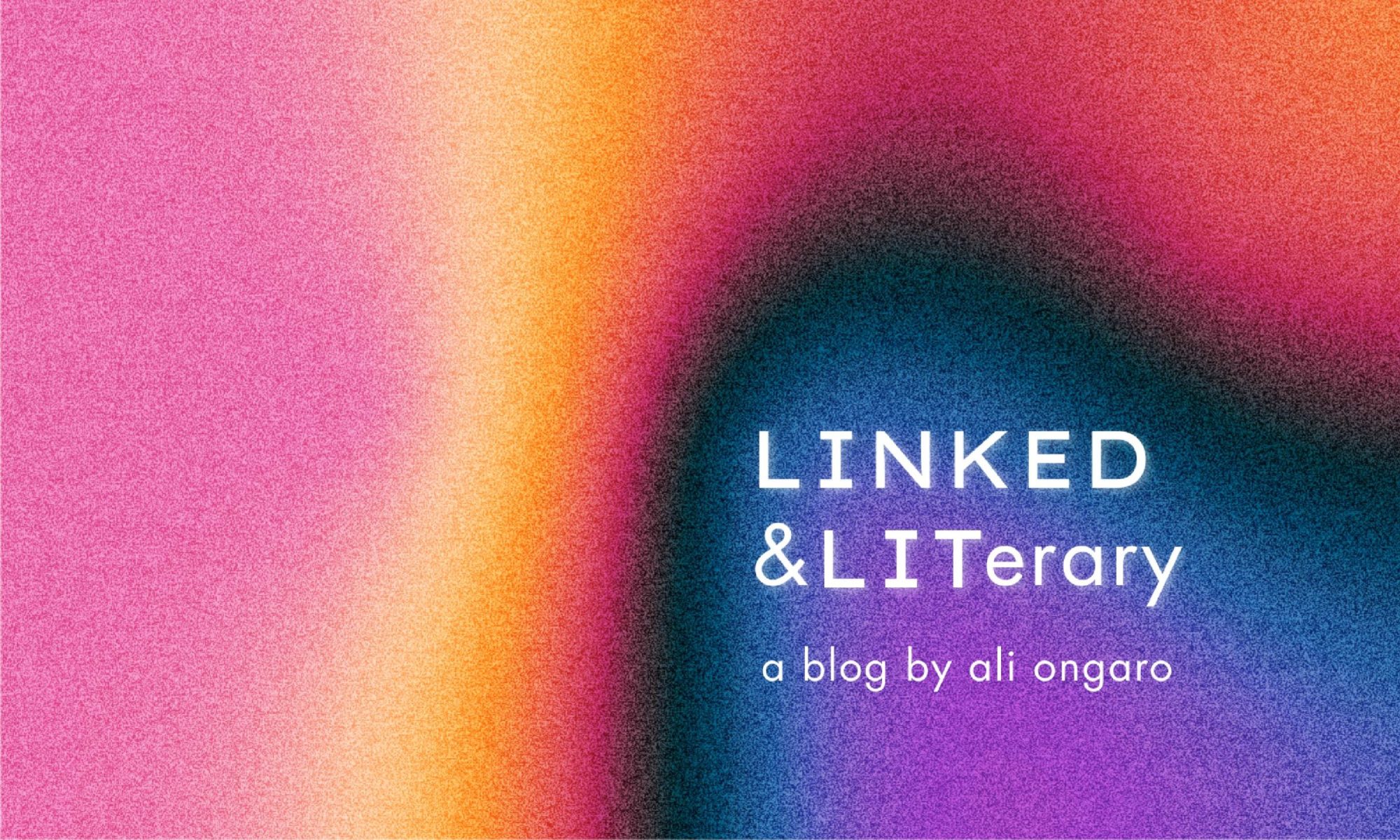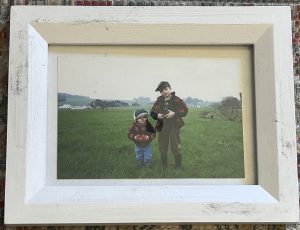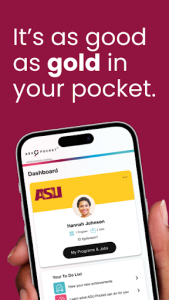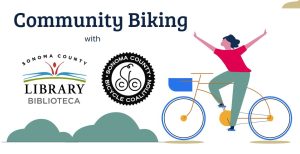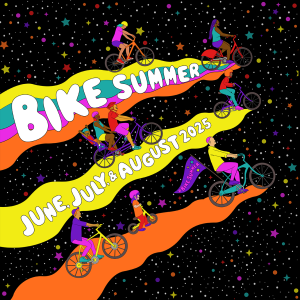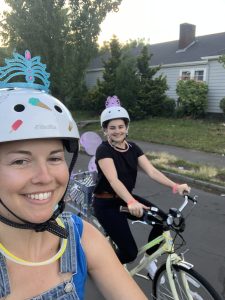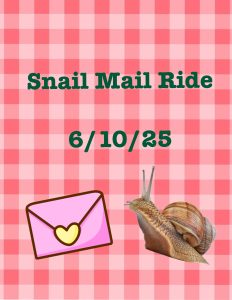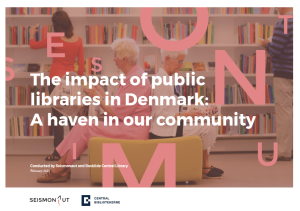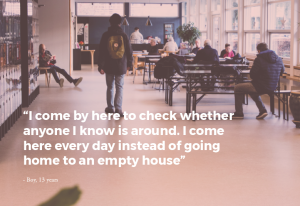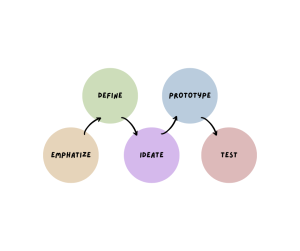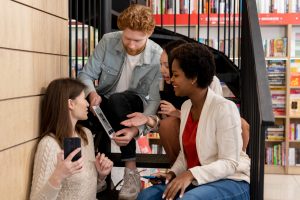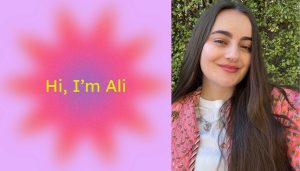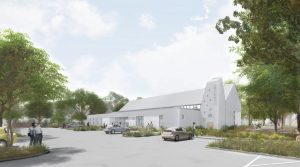
Figure 1, Architect’s rendering of the new Roseland Regional Library.
This week’s module in the Hyperlinked Library course we are exploring how we can foster genuine connection within our communities as information professionals. We are thinking about ways in which libraries can serve as a platform for shared experiences and growth. This semester I am focusing on the participatory library where libraries are engaging their communities and integrating them into change. This coincides with the concept of transparent libraries. The idea of hyperlinked communities is essential to this task of connection.
Stephens outlines criteria for a transparent library as a multistep process where “listening very closely to what your users are saying, even if you don’t like it, even if it pushes the boundaries of what you think the library should be” (Stephens, 2016, p. 43). When I read this, a lightbulb lit up in my head and I knew exactly what I wanted to reflect on for this blog. Listening sessions are an effective way to connect with community members and give them a platform to voice what they want and need from their local library.
But first, a little background information. I work at the Sonoma County Library headquarters supporting two teams: the Fund Development team and Executive Services which is the Library Director’s team. Both the Fund Development Manager and the Library Director’s main goal is to build our new Roseland Regional Library. My library system has 16 branches, one of which is in southwest Santa Rosa, CA. Over the past couple of years, this community has seen devastating changes to their local infrastructure. Elementary schools and middle schools have been closing due to a budget deficit, leaving this Latinx community in need of more resources. A larger, better equipped public library is what we are teaming up with the City of Santa Rosa to build. The interior of this library is going to 12,000 square feet with 3,000 square feet of outside programmable space. We have the funds to build the building itself but are about halfway through our campaign to raise the money to bring the inside of the library alive. This is where we’ve connected with our local community to get their input.
The goal for this project is to reflect the local community and meet their needs. Two months ago my team held a listening session where we invited community members to see the architect’s renderings of the new library and to get their feedback. We brought in a Spanish-English translator so that community members could speak in whichever language they felt most comfortable with. We brought in dinner from a local restaurant and had a relaxed discussion in the children’s area of the current Roseland Regional Library location.
The Library Director did a short presentation of what she pictures for this new library while I held up large images of the architect’s renderings, reference Figure 1 above. After this, we had a list of questions for the community members and encouraged all feedback. We made note cards available, if people preferred to write their comments rather than discuss. Some of the questions we asked were:
- How would you describe the spirit and heritage of Roseland and how is that reflected in the community visually?
- What kind of theme would you like to see if there was a mural in the children’s imagination tower room?
- Does the idea of a landscape installation interest you, using natural materials to enhance the exterior environment?
This was the most inspiring library event I have participated in so far in my career. We were all so impressed by the community members who attended and spoke to what they felt like their community members needed. To question one, library staff had imagined the spirit of Roseland to be represented with Latinx influences. The participants thought that yes, Latinx should be included but they weren’t the most important or needed the most representation. These participants spoke to all the heritages in the community and emphasized that they wanted everyone represented. To question two, there will be an imagination tower in the children’s area of the library, reference Figure 2 below. Library staff had pictured this to include a dangling mobile, possibly with an astronomy theme. The participants very quickly said, “ask the kids what they want?” This was an aha moment for me, of course we should be asking the kids! To question three, library staff had pictured very organic landscaping that felt like a meadow and was not structured. The participants felt very strongly that the landscaping should be structured and labeled so that children can learn about the plants.
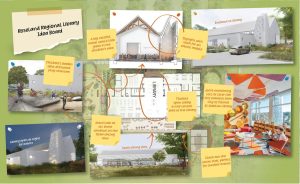
Figure 2, Roseland Regional Library Idea Board, designed by me.
Most of this feedback was the complete opposite of what “we,” library staff, had pictured. Circling back to Stephens quote, “listening very closely to what your users are saying, even if you don’t like it, even if it pushes the boundaries of what you think the library should be” (Stephens, 2016, p. 43). We loved everything that the participants said but some of the comments did push what we thought the library should be. When I think about engaging communities and integrating them into change, I think about providing opportunities for patrons to advocate for their wants and needs like in listening sessions. “We must continue to fight for all people, especially those from vulnerable groups” (Garcia-Febo, 2018). In trying times, when communities need support, this is the time to listen and ask what these communities need, how we can support them.
“Libraries are free, non-judgemental, trusted, and accessible to everyone” (Nural Hasan, 2023). I wholeheartedly support this statement. Another statement I support is that “libraries are a safe space for all” (Stephens, 2019, p.78). For libraries to serve as a platform for shared experiences and growth, information professionals need to work to continue to make libraries safe spaces. A big part of this is providing opportunities for patrons to have conversations in safe spaces like what we created with our listening session.
Written by @ali0
References
Garcia-Febo, L. (2018). Serving with Love. American Libraries. Retrieved from https://americanlibrariesmagazine.org/2018/11/01/serving-with-love/
Nurul Hasan, T. (2023). ‘Free, non-judgemental, accessible’: How your local library is a sanctuary of health and wellness. SBS Bangla. Retried from https://www.sbs.com.au/language/bangla/en/article/free-nonjudgmental-and-accessible-how-your-local-library-is-a-sanctuary-of-health-and-wellness/t15blzsi9
Stephens, M. (2016). Heart of Librarianship. American Library Association.
Stephens, M. (2019). The Wholehearted Librarian. American Library Association.

